Estratégia Financeira
Module 0
04-08-2025
Introduction

Introduction
Today:
- Introduction to the course
- Discussion about the Syllabus
- Performance assessment
- Initial discussion about finance
- First Chapter
Description
The purpose of the course is to familiarize students with the concepts and techniques related to the analysis and strategic decisions in the areas of investment and financing in a risky environment, always with the purpose of maximizing the company’s value.
At the end of the semester, the student should be able to master the:
- concepts of analysis, measurement, and applications of cost and capital structure,
- including strategies regarding portfolios
- earnings distribution policy,
- finding firm value.
To Midterm:
Ch 23: Raising Equity Capital
Ch 10: Capital Markets and the Pricing of Risk
Ch 11: Optimal Portfolio Choice and the Capital Asset Pricing Model
Ch 12: Estimating the Cost of Capital
Ch 13: Investor Behavior and Capital Market Efficiency
To final:
Ch 24: Debt Financing
Ch 14: Capital Structure in a Perfect Market
Ch 15: Debt and Taxes
Ch 16: Financial Distress, Managerial Incentives, and Information
Ch 17: Payout Policy
Setting expectations
Your mission (should you choose to accept it…)
Read the book before class (preferably more than once).
Solve all the problems.
Make notes (with your hand, not your computer)
- Research shows that taking notes boosts academic performance.
- It is better to take a note and throw it away than to take a note on your computer.
Ask questions.
- This is the best way to learn. I will ask questions all the time during class. I expect that you answer them.
BERK, Jonathan, DeMARZO, Peter. Corporate Finance, Global Edition. 5th edition, Boston, MA: Pearson, 2019. https://amzn.to/3jl9YPl
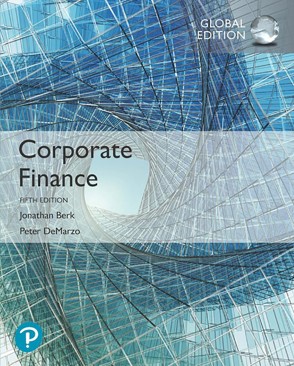
About the book
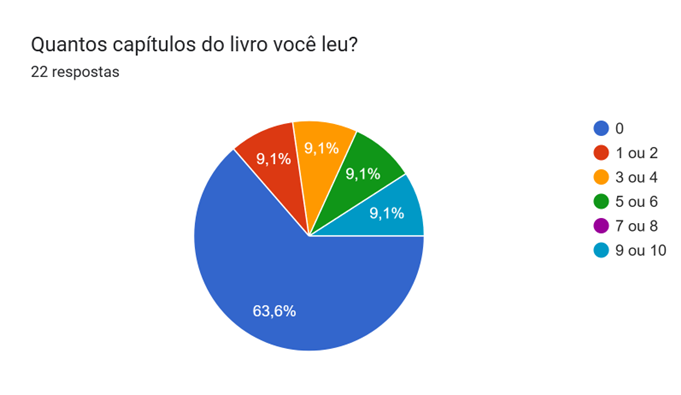
About the book
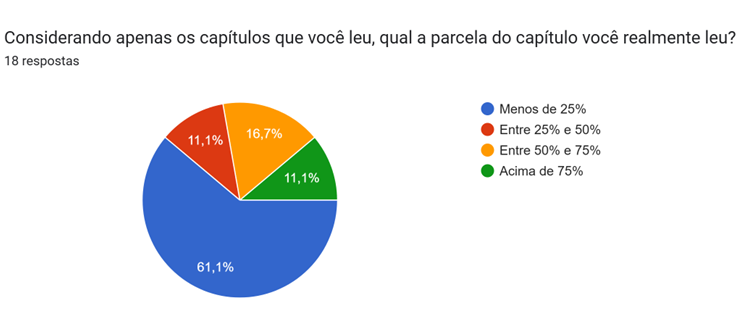
About notes

Worthington, D. L., & Levasseur, D. G. (2015). To provide or not to provide course PowerPoint slides? The impact of instructor-provided slides upon student attendance and performance. Computers & Education, 85, 14-22.
About notes
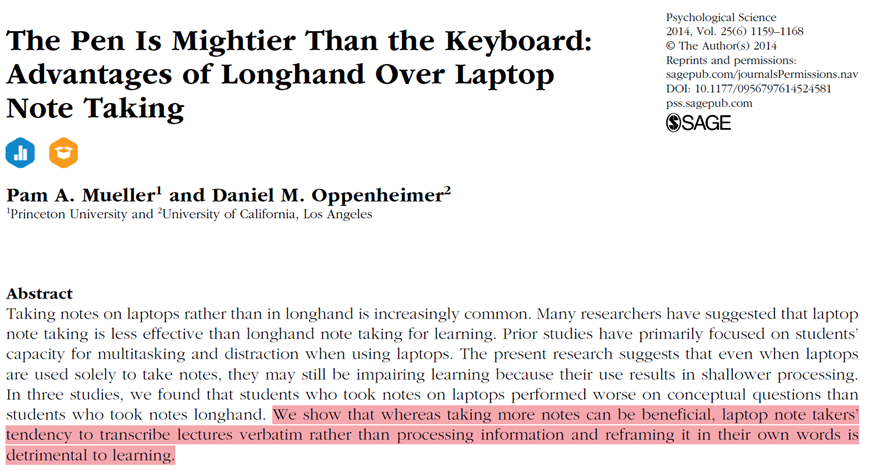
About notes
Participants were 67 students (33 male, 33 female, 1 unknown) from the Princeton University subject pool.
We selected five TED Talks (for length (slightly over 15 min) and to cover topics that would be interesting but not common knowledge. Laptops had full-size (11-in. × 4-in.) keyboards and were disconnected from the Internet.
Participants watched the lecture.
Next, participants were taken to a lab; they completed two 5-min distractor tasks and engaged in a taxing working memory task
Finally, participants responded to both factual-recall questions (e.g., “Approximately how many years ago did the Indus civilization exist?”) and conceptual-application questions (e.g., “How do Japan and Sweden differ in their approaches to equality within their societies?”) about the lecture and completed demographic measures.
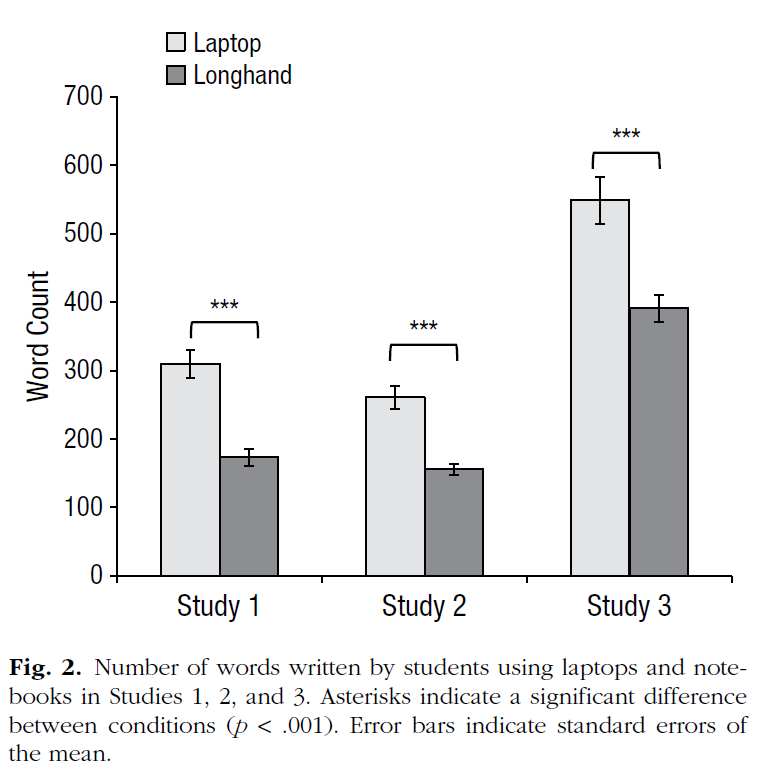
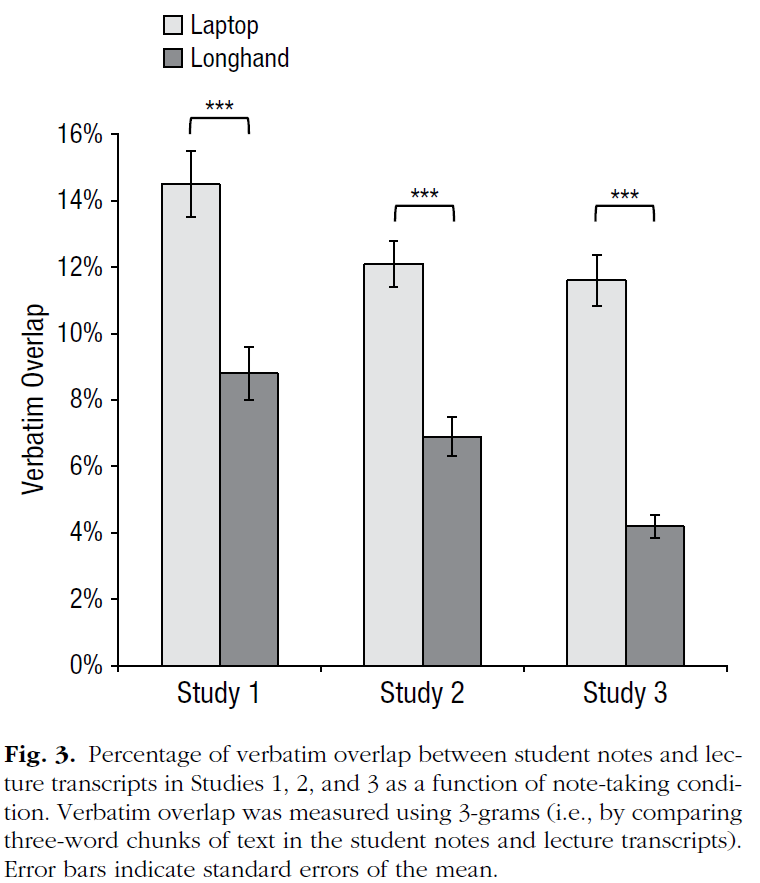

About notes
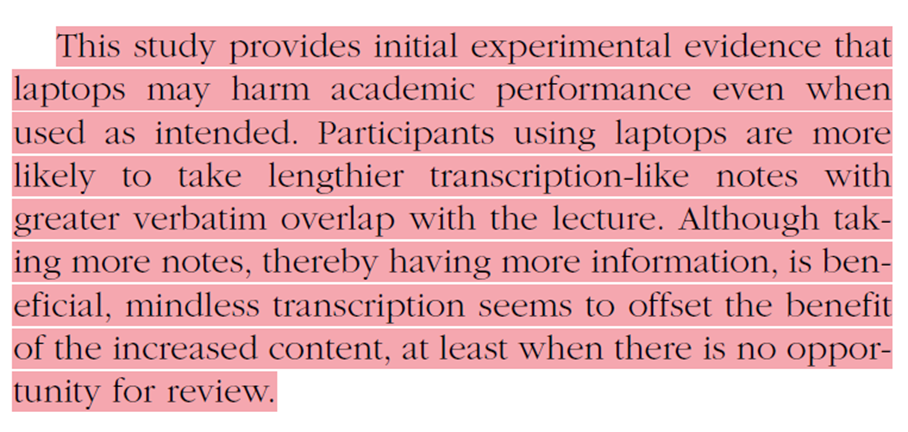
About notes
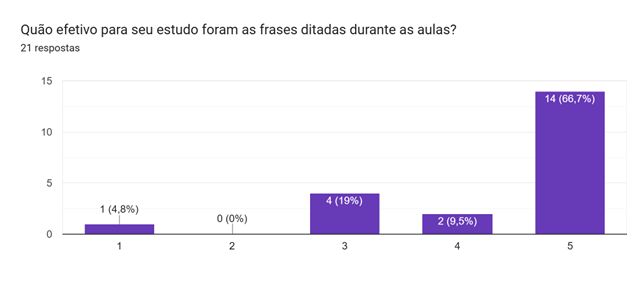
Performance assessment
1 Midterm Exam: 40%
2 Final Exam: 40%
3 Activities: 20%
- Quizzes and “Monitored activity”
- Participation
Read the Syllabus
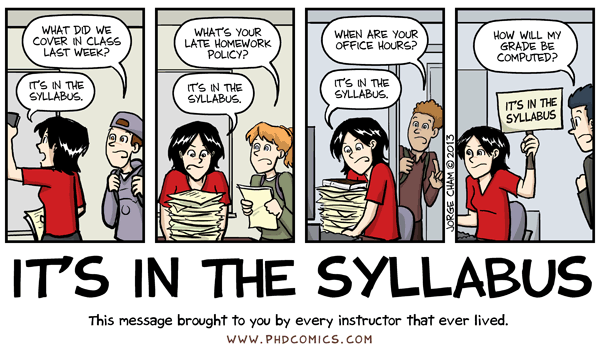
How to study? (Source)

How to study? (Source)
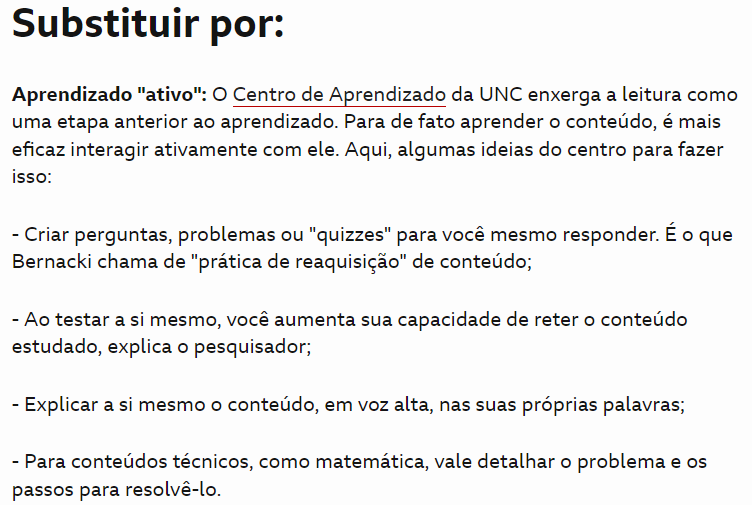
How to study? (Source)

How to study? (Source)
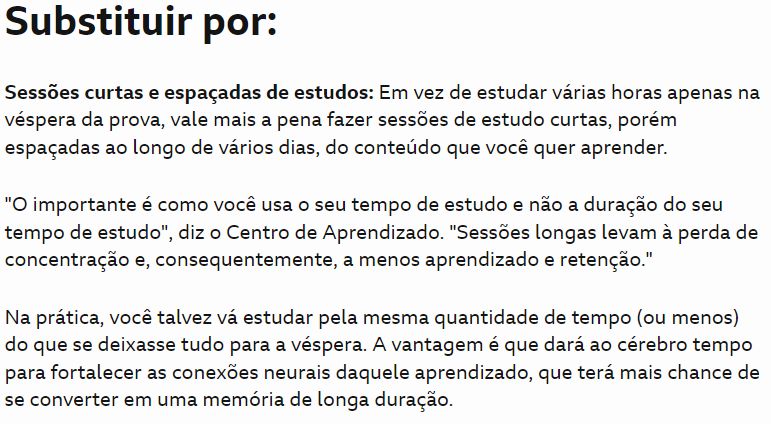
How to study? (Source)

How to study? (Source)

About studying
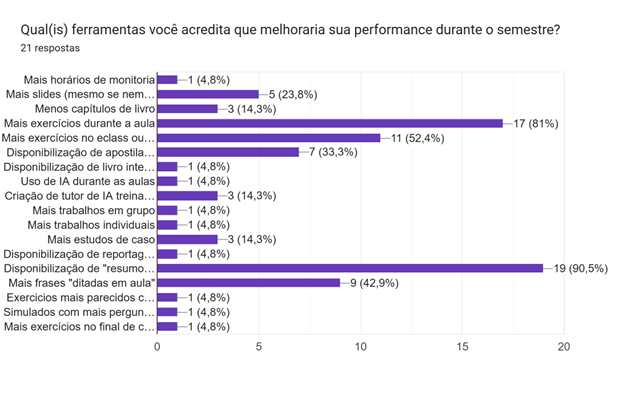
QUESTIONS?

Warming up…



Warming up…



Key: module0_long1
What is Finance?

What is missing?
What is Finance?

Which of these answers is better?
Finance is a time machine
Finance is an applied science that deals with the allocation of scarce resources over time under conditions of uncertainty. (Source)

Now it is your turn…
This is an introductory part. You can start preparing yourself by checking the following lists of problems of the next chapter.
🙋♂️ Any Questions?
Thank You!

👤 Henrique C. Martins
- 🌐 FGV/EAESP
- 💼 LinkedIn
- 🧠 Google Scholar
- 📄 Lattes CV
- 🏠 Personal Website
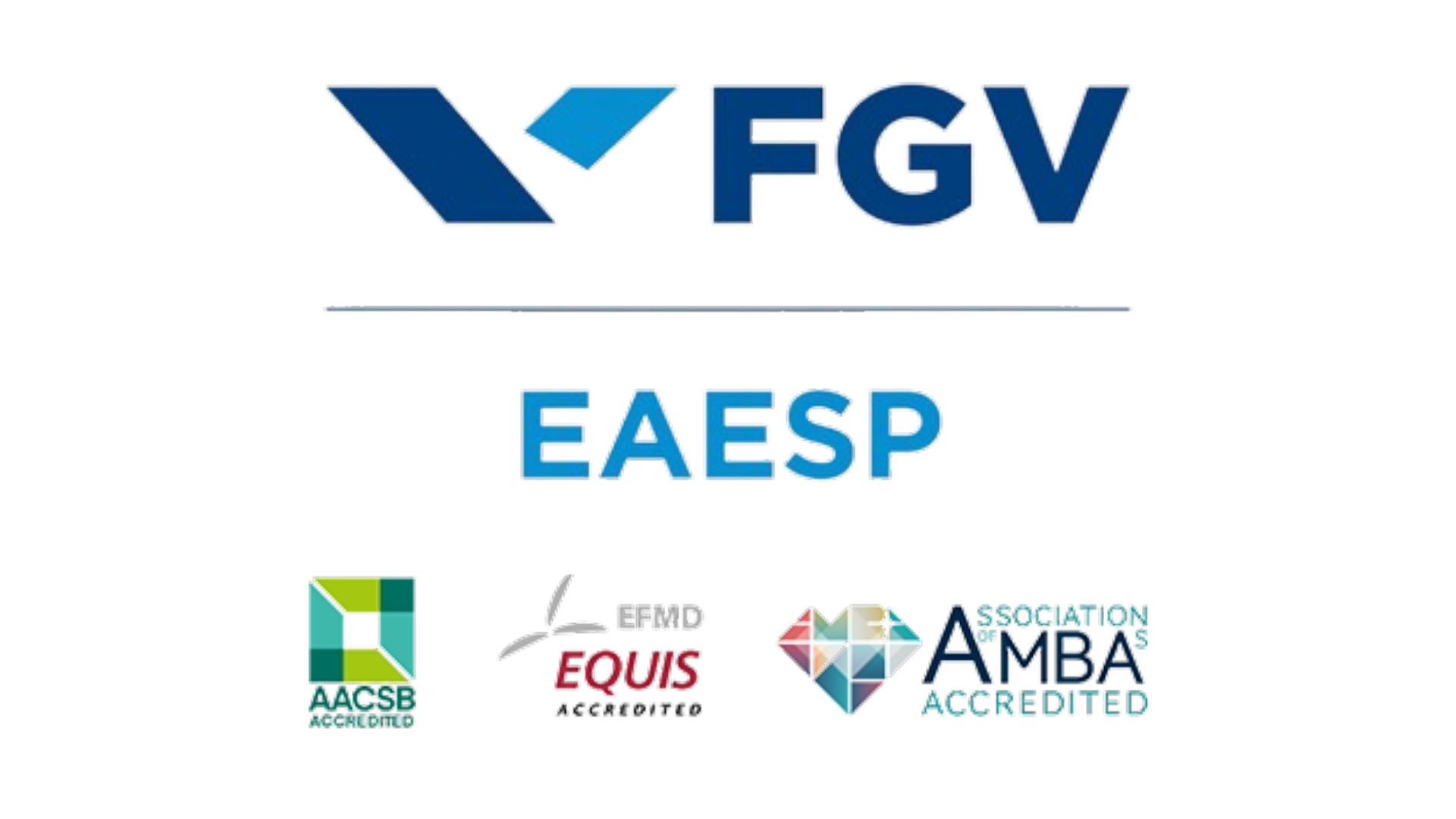
[Henrique C. Martins] [henrique.martins@fgv.br] [Teaching Resources][Do not use without permission]
